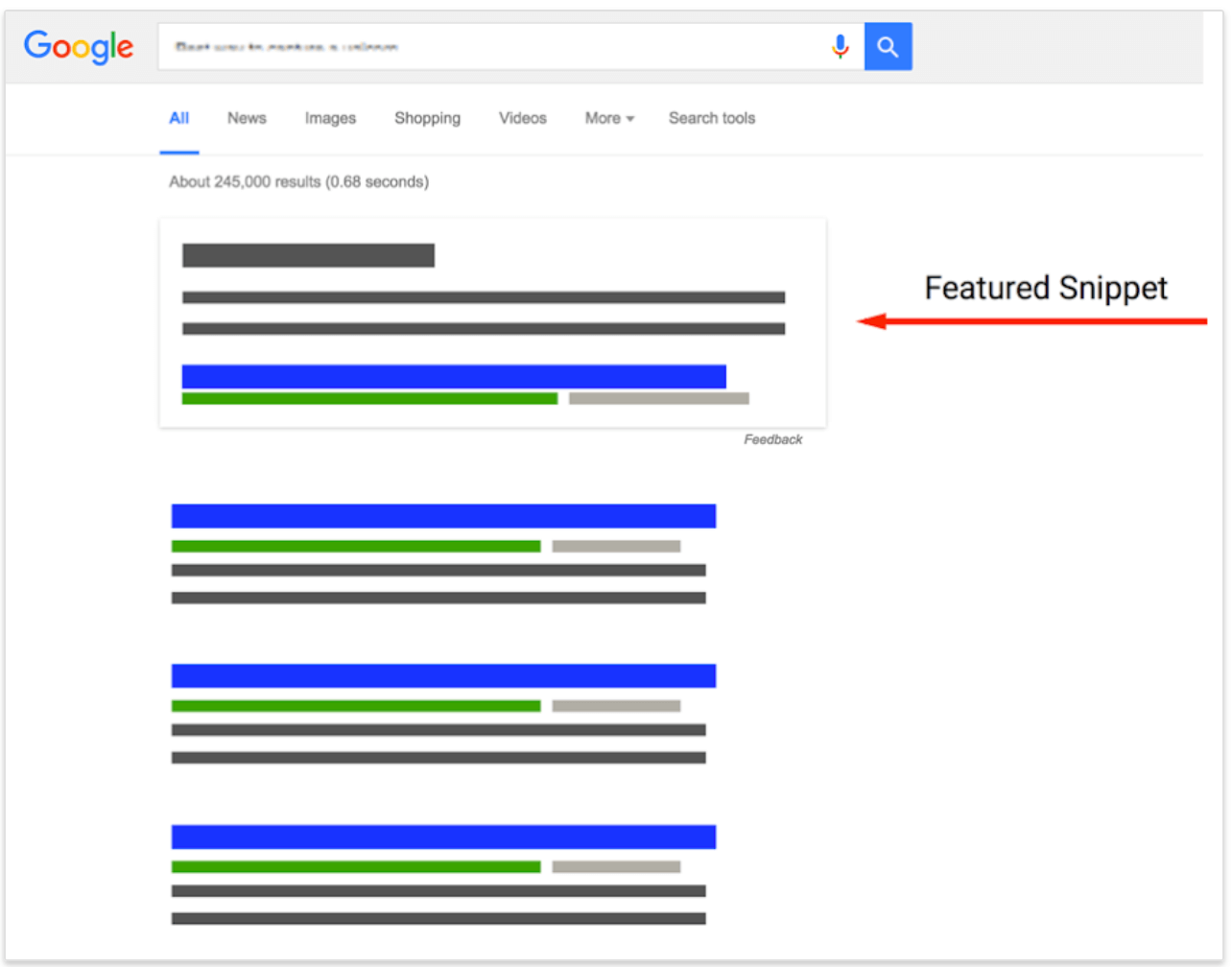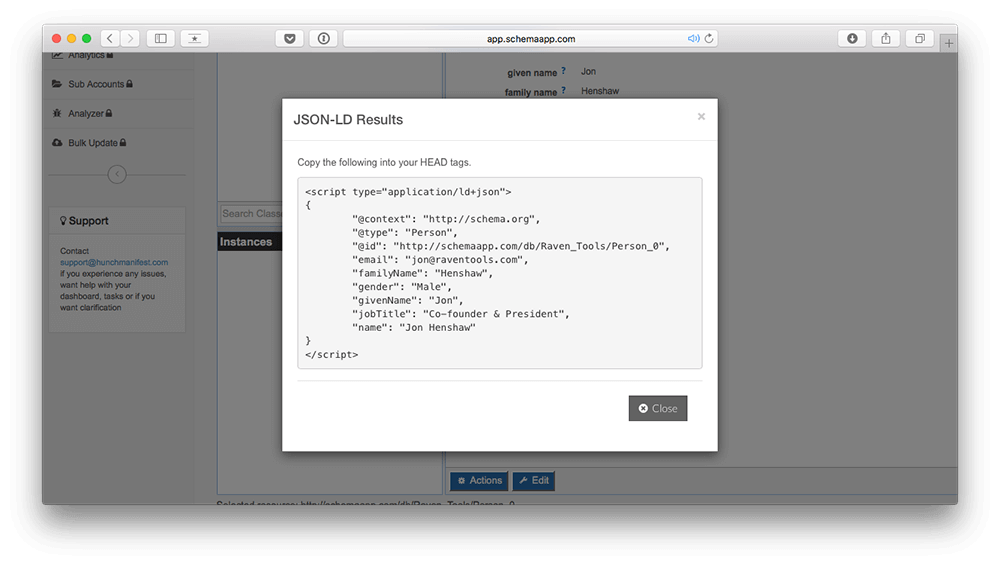Search engine optimization is by no means an exact science, it’s more of an evolving art form, that hinges on the trends and forces of Google itself and the actions of other SEOs.
A huge aspect of SEO revolves around competitor analysis and determining the exact ranking factors behind any given keyword. This makes trendspotting a critical part of the whole practice. This is one of the things that makes life so hard for SEO specialists––they need to keep their finger on the pulse of the changing SEO landscape because it takes a very short amount of time for their best practices to become outdated practices.
In this article, we’ve combined our knowledge and expertise to provide you with a primer on the 2019 SEO trends. Use these to help you develop your strategies for the year ahead and stay on top of the competition.
Google Might Not Be The Only Player In Town
For years, it’s been a very valid ‘joke’ that search engine optimization should be renamed ‘Google optimization.’ After all, the competition has never inspired much confidence; Yahoo is a shadow of what it once was, and Bing (which now powers Yahoo, by the way) hasn’t made much headway after a decade on the market.
But now, there are search engine alternatives that are changing the way you look at search.
For example, when it comes to e-commerce and purchasing online goods, Amazon is actually king, not Google. A study by adtech platform Kenshoo shows that more than half of all users go to Amazon first if they’re looking to buy a product.
This means that brands whose primary product can be purchased from online retailers need to get real friendly with Amazon fast, not just Google.
As an SEO marketer, 2019 is the year that you drop the single-minded obsession with reaching the first page of Google and start looking at optimizing for other search-like channels and content aggregators.
Ensure Your Site Is Ready For Google Mobile-First Indexing

You’ve no doubt seen the signs over the last couple of years. First, Google started penalizing websites if they weren’t mobile-friendly. Then, they boosted the rankings of mobile-friendly sites for searches coming from mobile.
Now, with most Google searches coming from mobile devices, it’s the mobile versions of sites that are now being used for indexing. Mobile-first indexing was first announced a year ago and is finally rolling out––and as an SEO specialist, this is one of the biggest things you should be looking at right now.
As a quick checklist for how you should deal with this, you need to ensure that:
- Your site is mobile-friendly at all
- Your mobile page loading speed is optimized
- Your mobile UX is optimized
To get started, use Google’s own Mobile-Friendly Test to analyze your page and determine if you’re mobile-friendly. This is the bare minimum test that you should pass in preparation for mobile-first indexing.
Then, use PageSpeed Insights on your site and determine if there are any particular bottlenecks to performance.
As an alternative, Raven Tools has an API with PageSpeed Insights and provides you the desktop and mobile data inside of your website audit.
Featured Snippets

It used to be the holy grail of search engine marketing to make it to the number one spot of the Google SERPs. Now, though, there’s a slot that’s even higher than the top rank.
Featured snippets have been around for a couple of years now, but only recently have they been so prominent that they appear in every other search. They answer specific questions, and they don’t just directly correspond to the relevance algorithm of Google search. That’s why featured snippets aren’t necessarily taken from the top-ranked result.
There are three types of featured snippet.
The first is paragraph snippets, which are usually blocks of text that directly answer a question that is asked in a search. If you ask a question in voice search, the first paragraph snippet is what Google Assistant will read out to you.
The second is list snippets, which are often taken from the headers of listicles. They can also appear whenever you search for recipes.
The third is table snippets, which are often dynamically generated from relevant tables that are found in search results. This means that the table results you get will be customized to whatever you’re looking for.
Optimizing for featured snippets has very palpable results on your rankings. You might be worried that getting a featured snippet will mean that users won’t need to read through your page anymore. However, in one case, featured snippets actually increased CTRs by 2-8%, and even boosted organic revenue by over 600%. In another case, raw traffic increased by 20-30%. It’s set to become one of the big 2019 SEO trends that you need to watch out for.
Structured Data
In 2019’s SEO trends, you’ll find that an old friend is once again making waves in the SEO world. Structured data is becoming more important once again––but for a very interesting reason compared to before.
Implementing schema markup in your content was once primarily for the purpose of getting rich snippets out there. Now, though, several experts believe that structured data will be useful in the AI-driven future of search.
Because structured data makes it easier for machines to interpret the meanings and relationships of information in your content, having that schema markup will prepare your site for a future where AIs are crawling the web and understanding content before assigning its relevance.
Voice Search
The proliferation of smartphones and the presence of smart speakers and voice assistants in more and more homes have both led to a new kid on the block––voice search.
Where people were once typing keywords into search boxes, now they’re asking natural language queries, and the entire philosophy of keyword research might have to change in response.
We’ve already known for a long time that long-tail keyword strategies are the way to go. They’re more competitive in niches, highly targeted, and even improve conversion rates. Now, with voice search on the rise, people are actually including long-tail keywords in their searches, and it falls on search engine marketers to take advantage of that.
In addition, going back to featured snippets, voice search makes it critical to become the number ‘zero’ result on Google and become the featured paragraph answer. Remember that a voice assistant will typically read back the featured paragraph snippet if you ask a question––and nothing else. That means that optimizing for voice often means competing for exactly one spot.
On-Page Optimization
Link-building is always going to be important, but in 2019, you’ll need to focus more on keeping your on-page factors up to speed. Huge changes are coming to the search landscape, and you’ll want to respond quickly if you want to maintain your rankings.
As everyone else’s pages get faster and more responsive, users are getting more stingy about the time they allocate to each site. They don’t want pages that take forever to load or are a headache to navigate. You want to streamline the process of consuming your content or getting information as much as possible.
Chatbots, a more efficient customer journey, better internal site search for content and answers, and a sitemap that provides as little friction as possible are all answers to the on-page question in 2019, and you need to get these fixed pronto.
Technical SEO

Sites in 2019 and beyond are becoming more complex than ever, and so it becomes more important than ever to keep those page loading factors down.
SEO marketers have known for a while that Chrome User Experience Reports have been used by Google to monitor site performance. Just last year, it became official: PageSpeed Insights now has an additional metric for Speed.
It’s still unclear as to when the Speed metric is going to start having a direct relationship with SERP rankings, but it’s definitely better to be safe than sorry.
Then there’s JavaScript. There’s a whole bunch of new JavaScript trends coming up, such as Vue.js becoming ever more popular and developers moving away from REST and onto Facebook’s GraphQL. If you have a lot of JavaScript on your site, it may be time to update your knowledge and technical skills for the new year.
Progressive Web Apps
Think of Progressive Web Apps as a middleman between your website and the internet connection. They can display far more features than your typical site, provide a reduced bounce rate, higher conversion rate, and the ability to load pages offline.
They offer all the features and performance of mobile apps while keeping the webpage benefits of fast loading times and tiny storage requirements.
Leveraging PWAs means finding ways for your site to be meaningful enough to keep visitors on the page, and to keep them coming back. This is going to be a topic you’ll want to keep your eye on, given that PWAs have been proven to show improvements on SEO ranking factors.
Content Is King
You’ve heard that a million times, but in 2019 you absolutely cannot be resting on your laurels when it comes to your content strategy.
Google’s search algorithm now uses content quality as a major ranking factor, perhaps as the most important factor for SEO. You’ll see it in the organic links, the sharing, and the discussions that pop up across the Web about the quality content that you produce.
Building high-quality, evergreen, authoritative content is going to be one of the top 2019 SEO trends that you need to respond to as soon as possible.
Brand Mentions
Two years ago at Pubcon 2017, Gary Illyes, Google Webmaster Trends Analyst, said, “Online brand mentions help Google learn about brands and what should be associated with them.”
Brand signaling is a composite ranking factor that combines raw unlinked brand mentions with backlinks. This particular 2019 SEO trend is one that is highly influential for local businesses.
In order to understand how they represent your brand as an authority, unlinked mentions require Google to look at where they happen, and correlate it with those who mention the brand and those who take part in the discussion. You should be sparking these discussions whenever and wherever possible if you want to give Google an idea of how relevant you are as a brand entity. You may want to monitor brand mentions as well using listening tools so you can get a picture of customer sentiment.
Backlinks, on the other hand, will help you directly build your reputation and authority. You don’t just need a lot of backlinks, though, but quality backlinks as well––links from authoritative entities and blogs in your niche. And if you’re thinking about buying links? Don’t. Google’s watching you.
Conclusion
SEO trends by their very definition are cyclical. However, they’re also a product of the constant developments of the SEO landscape.
Sure, you could watch Google’s algorithm updates and webmaster news, or follow what your competitors are doing at any given time. That’ll certainly give you an idea of what to do now, but that means you’ll have given your competitors a head start.
To become capable of the knowledge leadership that can predict these trends and practices, you need to watch the tech behind them.
For instance, voice assistant use has been monitored since at least 2014, when Google demonstrated that over 40 percent of respondents in a study use voice search. For teenagers, that figure was over 50 percent. Correlating the upward trend of mobile use with the rise of smart home speakers, it wouldn’t have been hard at all to see that voice search would become a big thing eventually.
It’s more than worth it to invest in this kind of research and trendspotting. You’ll be able to respond quickly to changes in the industry and get a leg up over the competition.

Analyze over 20 different technical SEO issues and create to-do lists for your team while sending error reports to your client.




